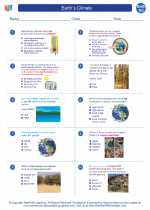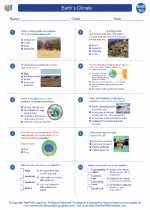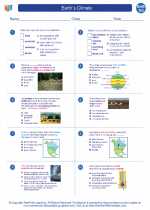Natural Rubber
Natural rubber is a polymer derived from the milky white sap of the rubber tree, scientifically known as Hevea brasiliensis. It is a type of elastomer that has unique properties, including high elasticity, resilience, and tear resistance. These properties make natural rubber a valuable material in various industrial and commercial applications.
Formation of Natural Rubber
Natural rubber is formed through a process called polymerization. The rubber tree produces latex, which is a colloidal suspension of rubber particles in water. The latex contains a polymer called cis-1,4-polyisoprene, which is the main component of natural rubber. When the latex is collected from the tree, it is coagulated to separate the rubber particles from the water, resulting in the formation of raw natural rubber.
Properties of Natural Rubber
Natural rubber exhibits several key properties that make it useful in various applications:
- Elasticity: Natural rubber can stretch to several times its original length and return to its original shape when the force is removed.
- Resilience: It has the ability to regain its original shape after being deformed or stretched.
- Tear Resistance: Natural rubber is resistant to tearing and can withstand mechanical stresses.
- Low Temperature Flexibility: It remains flexible at low temperatures, making it suitable for cold weather applications.
- Water Resistance: It has good resistance to water and certain chemicals.
Uses of Natural Rubber
Natural rubber is used in a wide range of products and industries, including:
- Tires for automobiles, bicycles, and aircraft
- Industrial belts and hoses
- Footwear, including sneakers and rubber boots
- Medical equipment, such as gloves and tubing
- Seals and gaskets for machinery
- Sports equipment, such as balls and mats
Environmental Impact
The cultivation and processing of natural rubber can have environmental implications, including deforestation, habitat loss, and use of agrochemicals. Sustainable rubber production practices, such as agroforestry and certification programs, aim to minimize the environmental impact of natural rubber production.
Study Guide
Here are some key points to remember about natural rubber:
- Describe the formation of natural rubber and the process of polymerization.
- Explain the key properties of natural rubber, including elasticity, resilience, and tear resistance.
- Identify common uses of natural rubber in various industries and products.
- Discuss the environmental impact of natural rubber production and sustainable practices.
Understanding these concepts will provide a comprehensive understanding of natural rubber and its significance in the modern world.
.◂Earth Science Worksheets and Study Guides High School. Earth`s Climate

 Worksheet/Answer key
Worksheet/Answer key
 Worksheet/Answer key
Worksheet/Answer key
 Vocabulary/Answer key
Vocabulary/Answer key
 Vocabulary/Answer key
Vocabulary/Answer key
 Vocabulary/Answer key
Vocabulary/Answer key
